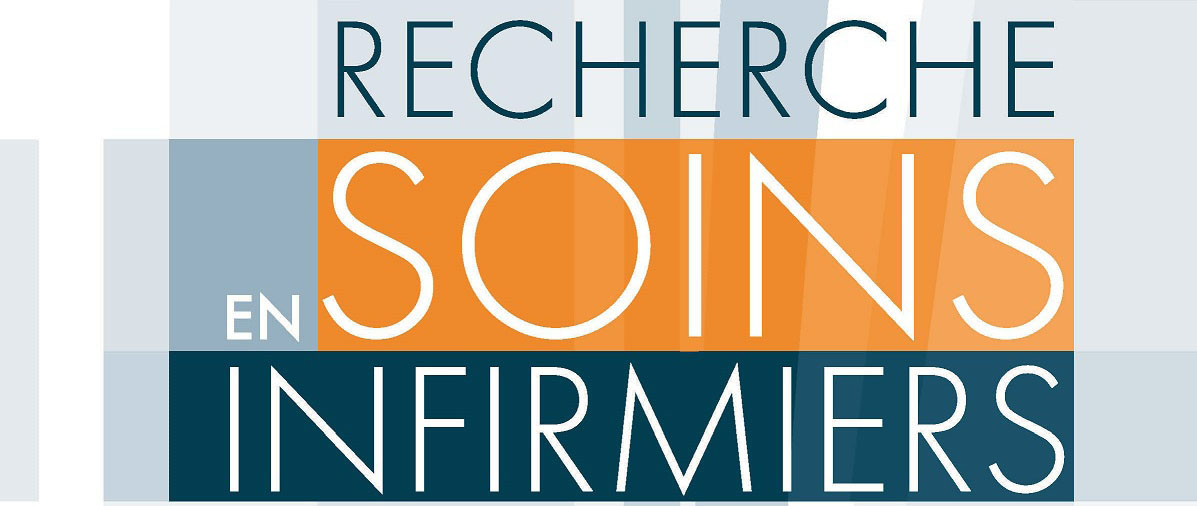The link between patient-nurse working alliances and perceptions of substance use control in an addiction therapy setting: A descriptive correlational study
The aim of this study is to explore the link between the patient–nurse working alliance and the degree to which substance use control is perceived as burdensome in an addiction therapy setting. Imogene King’s theory and the concept of working alliance were used as the basis for our theoretical framework. The investigation was undertaken using a self-administered questionnaire with the short-form of the working alliance inventory (WAI), translated into and certified in French, targeting a convenience sample (n = 28). In this sample, the working alliance was evaluated using twelve questions on a Likert scale and was perceived as generally good (x = 61.68, max = 84). A significant negative linear relationship was found between perceptions of drug-controls as burdensome, evaluated by an additional question on a visual analogue scale (VAS), and the establishment of a working alliance (r = -0.67, p-value > 0.001). Furthermore, the form of admission is important, as involuntarily hospitalized patients (n =7) (t, p-value = 0.018) form poorer working alliances, and perceive the controls as more burdensome (Z, p-value = 0.004) compared to voluntarily hospitalized patients (n = 21). Even though these results cannot be generalized because of the small sample (n = 28), they raise important questions for nursing practice, especially for involuntarily hospitalized patients. These patients seem to be more susceptible to any disturbances in this relationship, and possible consequences need to be taken into account. In addition, drug control might have to be reassessed. The findings also raise questions about the use of camera supervision as an alternative to nursing supervision and about the need for primary nurses to refrain from control interventions.
Keywords
- working alliance
- urine drug control
- addiction therapy
- interpersonal trust
